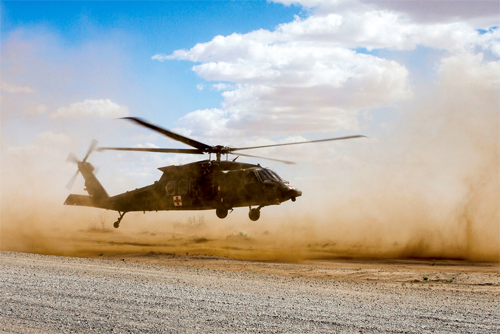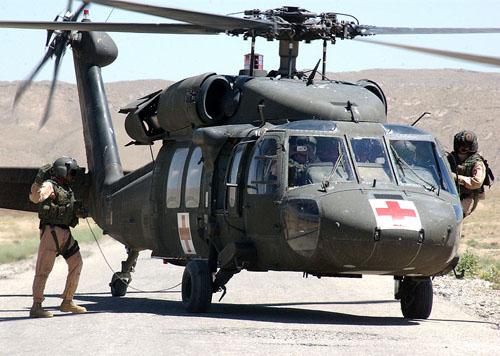During World War II, the military used helicopters for light duties that included surveying the enemy and landscape and patrolling the seas against submarine attacks.
In June 1945, U.S. helicopters were used for the first time to evacuate injured soldiers from the front lines and fly them to safe hospitals. It was the first time that helicopters were shot at by the enemy.
While helicopters were never actively used on the front during the Second World War, this was no longer true during the Korean War.
On the Korean peninsula, the military used the Sikorsky S-51, renamed the H-5, for medical evacuations.
Related Article – Instrument Proficiency Check (IPC): 4 Things You Need To Know
The H-5 was so small that there was room only for 2 people plus the person being evacuated. Because of the fuselage, the injured person’s legs would hang out of the side of the helicopter.
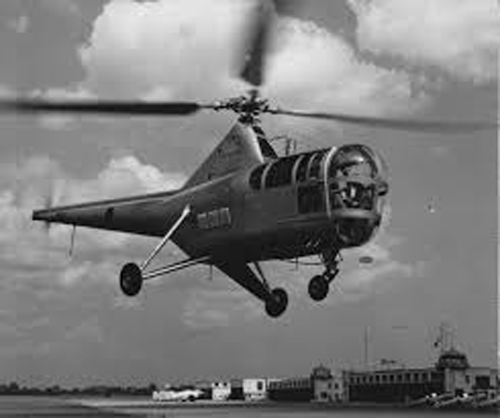
The military also used the Bell 47, designated the H-13, during the Korean War.
The Bell 47 was developed by Arthur Young and Bartram Kelley.
Young had first convinced the Bell Aircraft Corporation to let him build a helicopter in 1941. His first model took flight in 1943; the Bell 47 became certified in March 1946.
Young’s helicopter featured a two-seat cockpit and a two-blade rotor. The “chop-chop” sound the blades made quickly led people to call the helicopter a “chopper.”
While the Bell 47 saw commercial success, it is best known for its service during the Korean War.
The military quickly began using the H-13, also called the Sioux, to fly wounded soldiers to Mobile Army Surgical Hospitals (M.A.S.H.).
Related Article – Airline Transport Pilot Certificate (ATP): 4 Things You Need To Know
The helicopter essentially became a flying ambulance, because two stretchers were fitted on the outside of the cockpit.
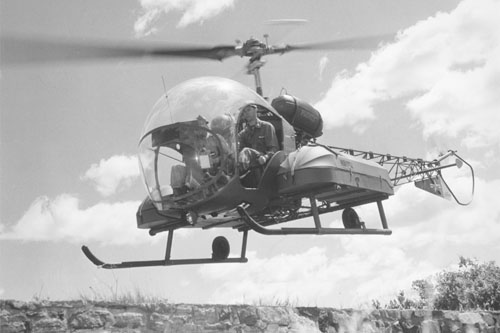
Although treatment was more effective at a field hospital than first aid on the battlefield, the fact that the helicopter could only carry two injured people at a time limited its usefulness.
But because the frontlines during the Korean War were relatively fixed, helicopters and M.A.S.H. units could be positioned so that the helicopters did not have to fly over long distances during their medevac routines.
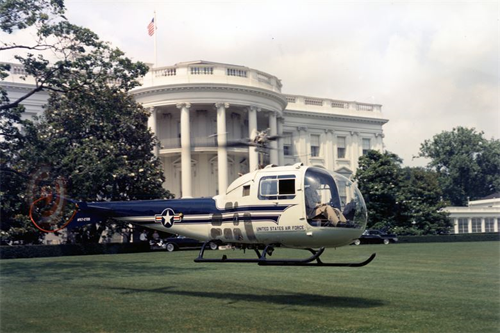
This was not the case during the Vietnam War, when medevac helicopters often had to retrieve the injured from the battle fields and fly for long distances to get to the nearest hospital.
Thus, the military began to look for a replacement of the Bell 47. It chose the Bell 204, HU-1A, nicknamed the “Huey.”
The 57th Medical Detachment, the Helicopter Ambulance, quickly began using the Huey as its helicopter of choice and painted red crosses on the side and nose of each machine.
Medevac Hueys had the radio call sign “Dustoff,” after the dirt that swirled up from the ground during the helicopter’s liftoff.
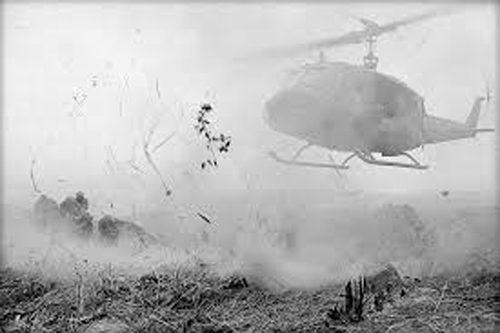
During their medevac runs, they would not only pick up injured soldiers, but also drop off ammunition and first-aid supplies.
They were often shot at during evacuation runs, and Huey pilots were often commended for exceptional bravery, some even earning Medals of Honor.
Related Article – 12 Runway Markings and Signs Explained By An Actual Pilot
In the 1980s, the Army began replacing the Huey with the Sikorsky UH-60 Black Hawk helicopter.
